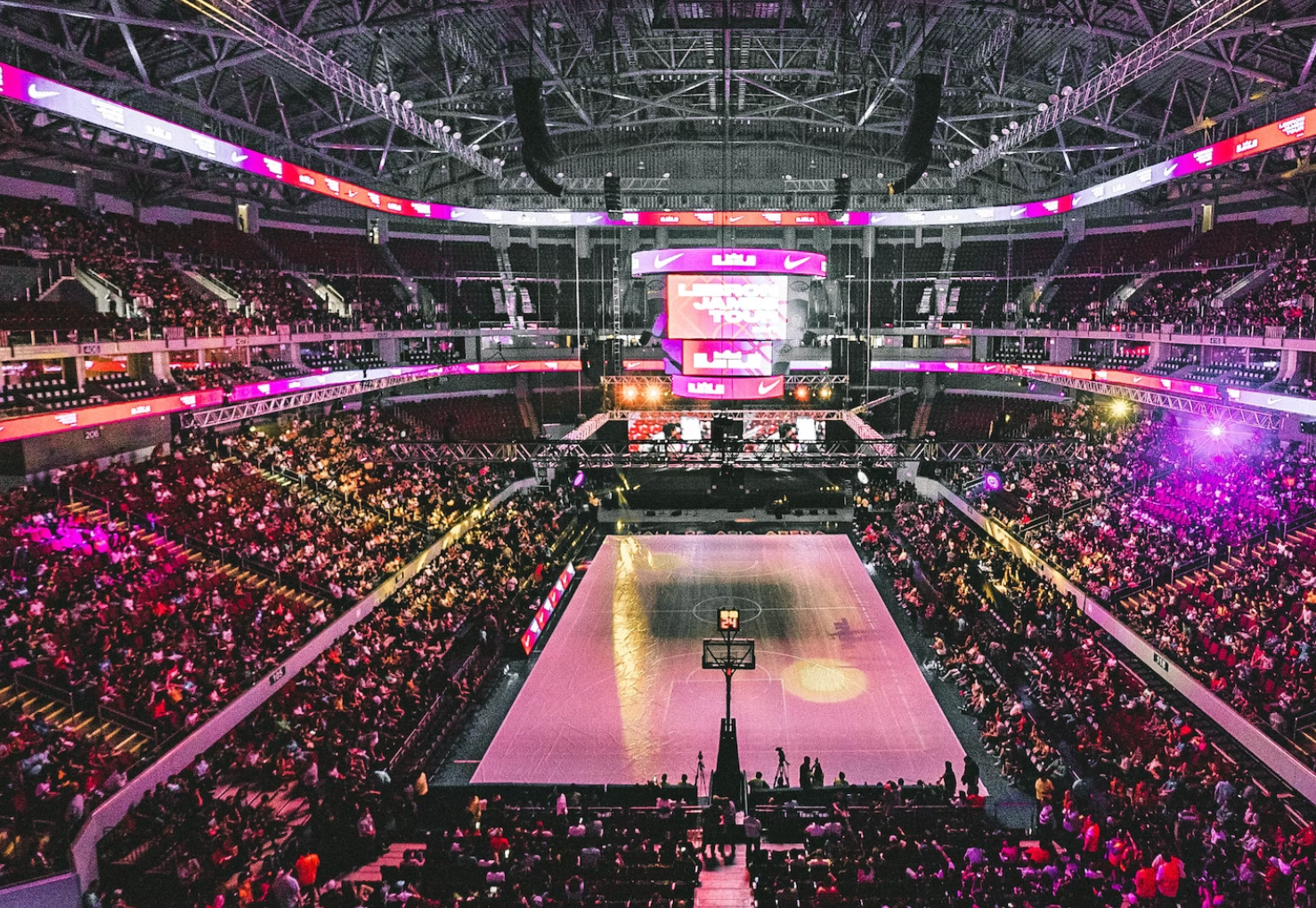
Credit
The NBA Draft is where hopes are reborn and strategies are put to the test. Each pick signals a franchise’s vision for its future. This year’s draft produced both predictable moves and unexpected swings, reshaping the outlook for several teams. Some organizations maximized their assets with careful planning. Others gambled big or quietly set themselves up for long-term success. In this article, we break down the most notable outcomes from the 2025 NBA Draft. We’ll examine closely the teams that excelled, analyze bold strategies, and discuss the clubs whose decisions may shape their upcoming seasons.
Mavericks Secure a Franchise-Altering Talent
Dallas entered the draft with pressure and high expectations. With the No. 1 pick, the Mavericks selected Cooper Flagg. He is widely considered one of the top prospects in recent memory. Flagg’s competitive drive and immediate impact potential make him a cornerstone for Dallas. Surrounded by established talent like Anthony Davis, Derick Lively II, Daniel Gafford, P.J. Washington, and Klay Thompson, Flagg steps into a roster ready to win. Even with Kyrie Irving’s injury, Dallas could return to the playoffs if Flagg develops quickly. With Flagg’s arrival, many analysts are watching how the latest NBA odds for the Mavericks will shift throughout the season, especially as the rookie acclimates to the league. The fit is ideal for a player wired to compete from day one. The Mavericks’ clear direction and smart roster building earn them top marks.
Spurs Rebuild with Poise and Purpose
San Antonio approached the draft with patience and precision. Selecting Dylan Harper at No. 2 gives the Spurs a player with All-Star upside. Harper’s rim pressure, playmaking, and defensive willingness address key needs. By also adding Carter Bryant—a strong, versatile wing—the Spurs filled a critical roster gap. San Antonio’s plan allows Harper to develop without immediate pressure, thanks to established guards like De’Aaron Fox and Stephon Castle. The organization’s methodical strategy supports long-term growth and short-term competitiveness. Trading away a later pick for future assets shows continued focus on sustainable success. The Spurs’ balanced approach positions them well for the next era.
Hornets Turn the Page with Competitive Spirit
Charlotte’s draft class stands out for its clear direction and high-motor prospects. The Hornets selected Kon Knueppel at No. 4, a player with few weaknesses. Knueppel is an elite shooter and a tough competitor, having made 41 percent from three as a freshman. The team also added Liam McNeeley, Sion James, and Ryan Kalkbrenner, each bringing distinct skills and defensive toughness. Charlotte’s decision to trade Mark Williams signaled a willingness to reshape the roster and invest in new energy. The front office showed smart timing and solid asset management, signaling a shift toward a foundation built on effort, talent, and a renewed team culture.
Wizards Make Strategic Moves for Immediate and Long-Term Gain
Washington took bold steps to reshape both its roster and future flexibility. Selecting Tre Johnson at No. 6 addressed a clear need for a wing scorer. Johnson’s mentality and fit alongside Bilal Coulibaly give the Wizards a strong core. By moving off the Jordan Poole contract, Washington gained valuable cap space and brought in veteran CJ McCollum. Acquiring Kelly Olynyk adds experience and trade value. The front office also flipped pick No. 18 into No. 21 and two future second-rounders, using the new spot to select project guard Will Riley. Each move reflected a clear strategy: build around young talent while maintaining flexibility for future offseasons.
Hawks Collect Value and Talent Through Smart Maneuvering
Atlanta’s front office turned tricky situations into future opportunities. The team moved off long-term salary by trading Terance Mann and the No. 22 pick for Kristaps Porziņģis. The next big move came on draft night, when the Hawks traded the No. 13 pick to New Orleans for the No. 23 pick and a valuable unprotected 2026 first-round pick. That extra asset could be significant if the Pelicans or Bucks stumble. Atlanta still landed Asa Newell at No. 23, a player they reportedly liked at their original slot. The Hawks balanced immediate needs with long-term planning, setting themselves up for flexibility and potential windfalls.
Why This Draft Sets the Stage for the NBA’s Next Chapter
This year’s draft was less about home run swings and more about clarity of purpose. Teams that excelled did so by matching roster needs with innovative asset management and realistic expectations. As young talent joins veteran cores, the league’s landscape will keep shifting. The moves made this week will shape rotations, locker rooms, and trade chatter for years to come. The franchises that strike a balance between risk and preparation may soon see their patience rewarded. Fans and analysts alike will watch these rookies and new combinations with interest, knowing that efficient draft nights often lead to sustainable success.
Content reflects information available as of June 30, 2025, and is subject to change.
